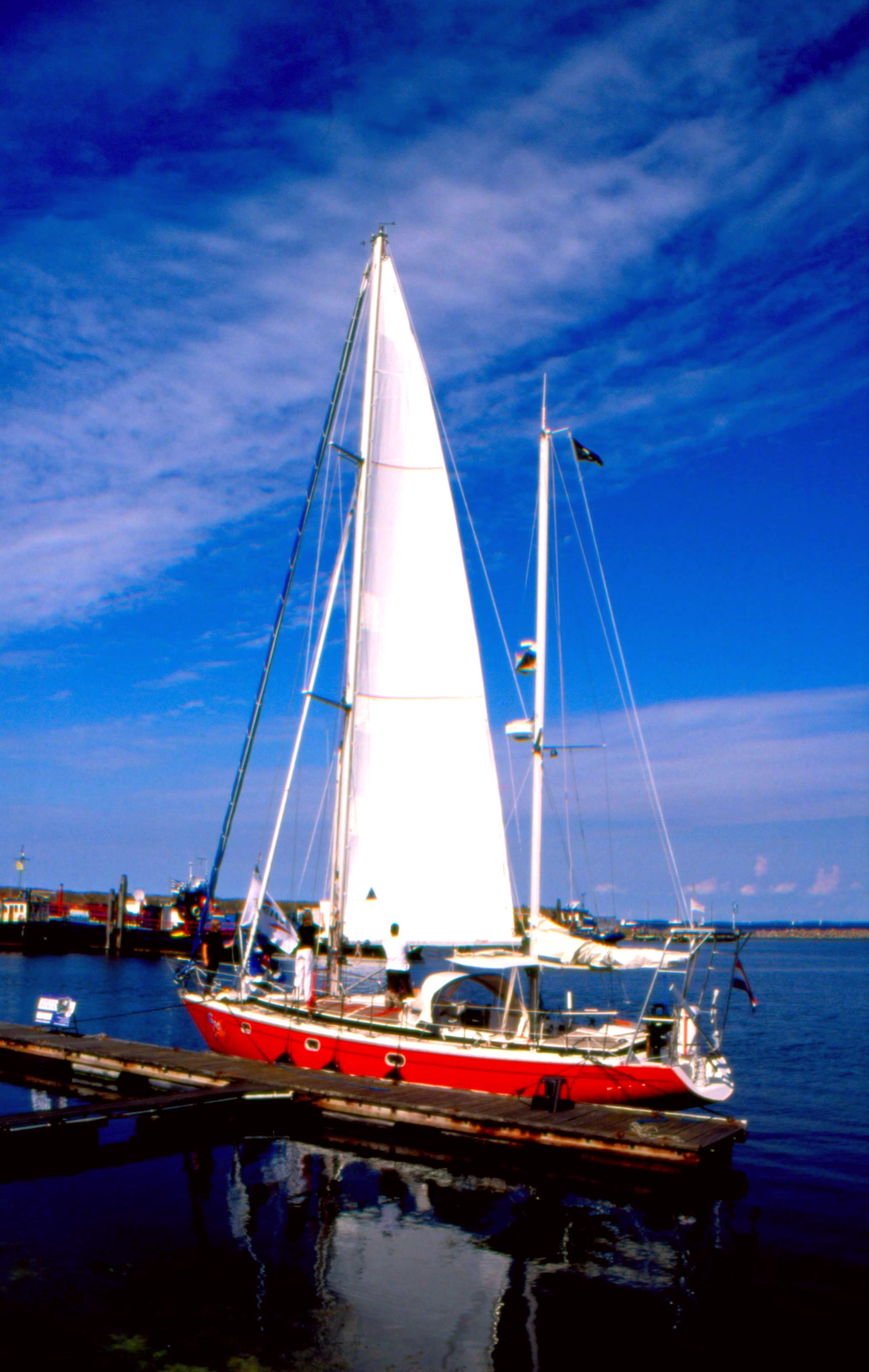Activity 1: Curious Kiwi, a native New Zealand bird, is your tour guide for today. He is going to take you to visit the Otorohanga Kiwi House and Native Bird Park where many of his aunties and uncles currently live. The bird park is a five hour drive from Dargaville so you hit the road right after breakfast and arrive in Otorohanga at lunch time. As you walk through the birdhouse you learn about the work being done to conserve and protect the native birds of New Zealand. Let’s imagine that you decide to help out by ‘adopting’ a native animal. Visit the Adopt a Critter page on the Otorohanga bird house website to choose one animal to ‘adopt.’ On your blog, tell us the name of the animal that you chose and a little bit about them. What kind of animal are they? What do they eat? Where do they normally live? You can use Google to help you with your research.
NEW ZEALAND FALCON
The Latin for the falcon is"Falco novaaseseelandiae" and the Maori name is "Karearea".
They are a New Zealand bird and they are part of the falconidae family.
The NZ falcon is mainly found in south of Hamilton in the upper north island of New Zealand.
If you were to spot them their yellow feet and black claws would give them away.
The top half of their body is black and their under belly is brown the cere is also yellow.
When they open their wings are grey with dark streaks.
The male falcon weights to about 43 cm weighting 300 grams and the females weigh to 47 cm and weighing a few 500 grams.
The NZ Falcon likes to ingest other kinds of birds like a pigeon, fantail, kakas, tuis, parakeets and grey warblers. They eat insects and little reptiles with a rabbit or hair.
Their nests are found on sheltered cliff ledges or in a high up in a tree. When their nests are close to the ground they are known to to attack people and others, in a diving and swooping motion to defend it.
They lay their eggs usually from October to December and have about 2-4 eggs. When the eggs get older they change colour from white to reddish-brown. The chicks usually get their flying wings around 55 days.
Their predators are stoats, ferrets, feral cats (stealing babies from the nest) and the rats(they steal eggs).
This is why the New Zealand falcon has becoming wide spread an endangered species.

